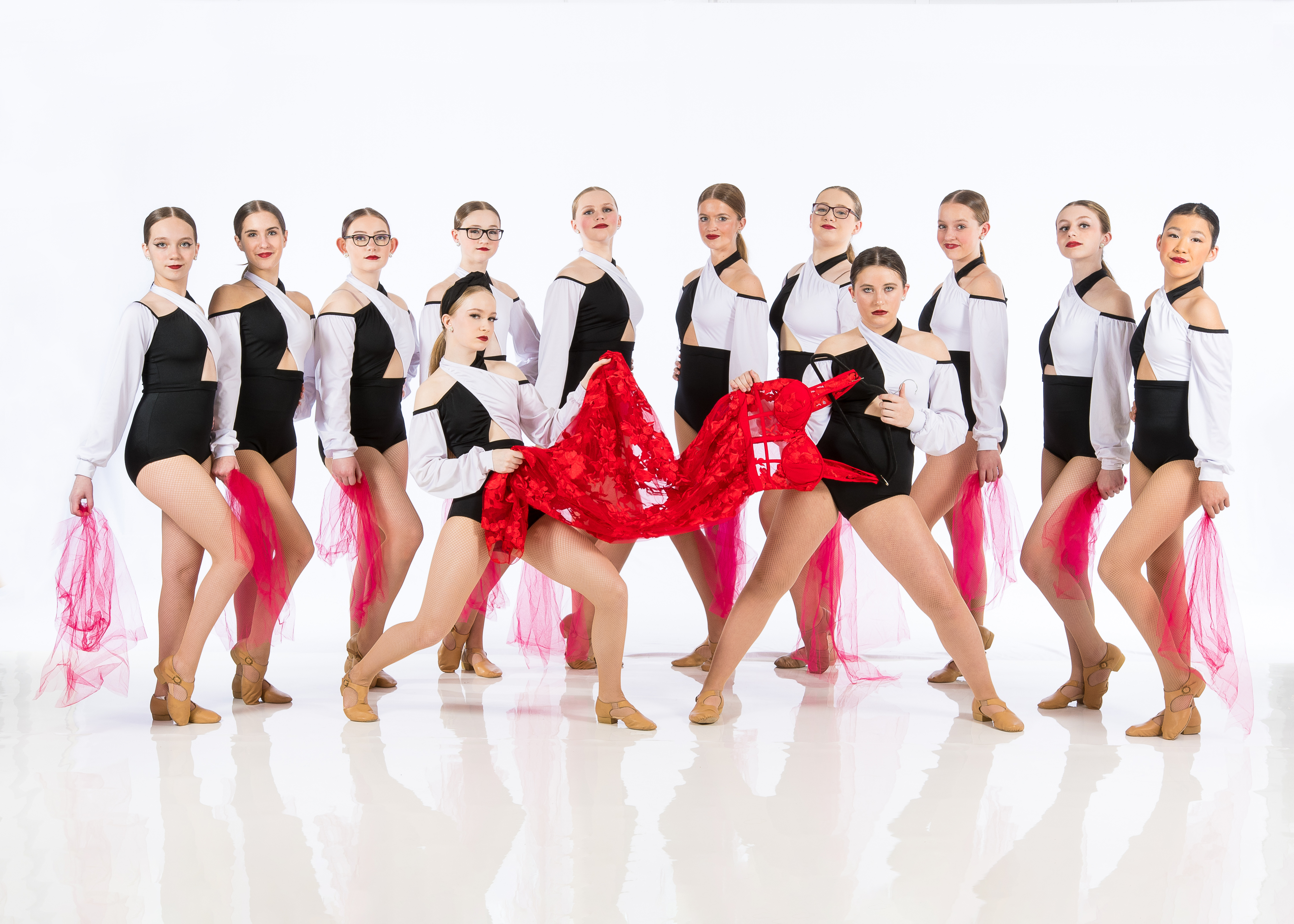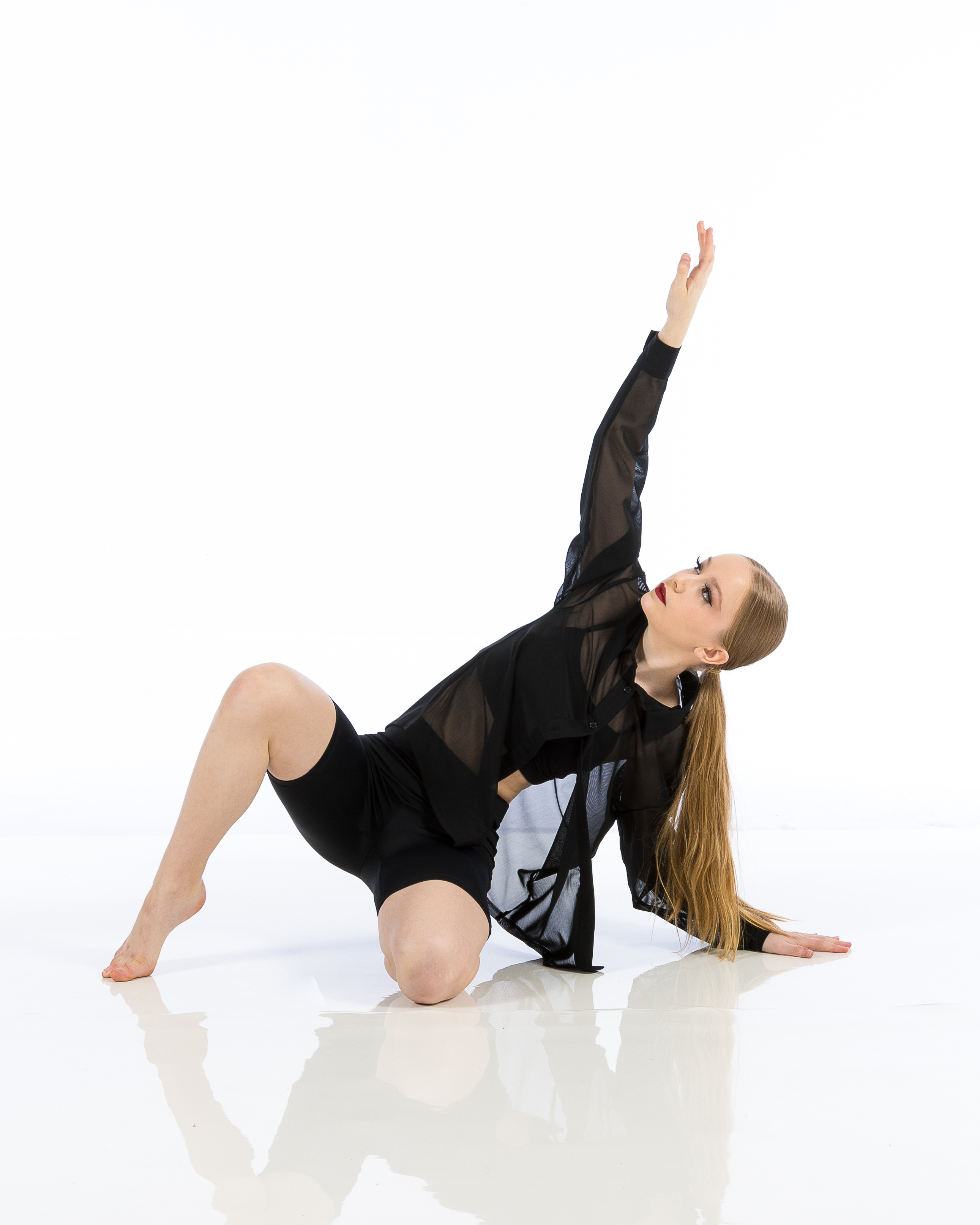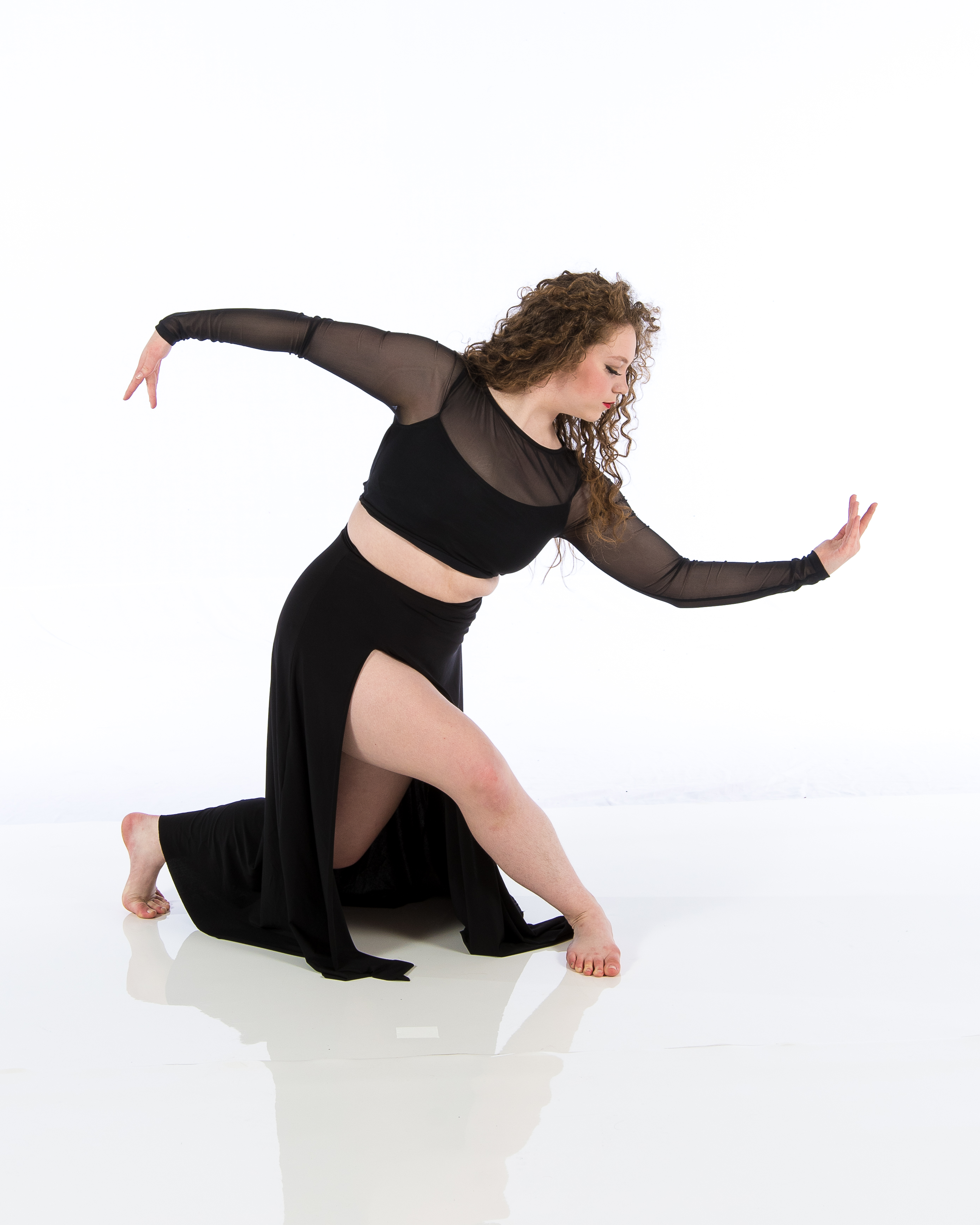Introduction
Dance is more than just a series of steps or movements; it’s a language, a form of expression that transcends words. In today’s fast-paced world, where creativity often takes a backseat to practicality, dance dance studio studios serve as vital sanctuaries for young artists. They offer not only technical training in choreography but also an environment that nurtures imagination and innovation. But how exactly do these dance studios cultivate the artistic potential within their students? Join me as we explore the multifaceted relationship between choreography and creativity in the context of dance education.
Choreography and Creativity: How Dance Studios Shape Young Artists
Dance studios play a pivotal role in shaping young artists through a carefully curated blend of choreography and creative freedom. They provide an arena where students can explore their physical capabilities while simultaneously unlocking their creative potential. But what makes this relationship so unique?
The Importance of Dance Studios in Artistic Growth
Dance studios are like incubators for talent, offering young dancers the opportunity to learn from experienced instructors who guide them through various styles, techniques, and choreography. It's here that students get to experiment with different forms of dance—be it ballet, hip-hop, contemporary, or jazz—and find their unique voice.
Creating a Safe Space for Expression
In a nurturing environment, students feel safe to express themselves without fear of judgment. This is essential for fostering creativity. When young dancers know they can take risks—whether it's trying out new moves or expressing raw emotions through their bodies—they grow not only as performers but also as individuals.
Developing Technical Skills Through Choreography
Choreography is critical in teaching students the foundational skills they need to succeed. It equips them with an understanding of rhythm, timing, and spatial awareness—all crucial elements in any form of dance.
Understanding Movement
Through structured choreography classes, students learn how to translate music into movement. This translation enhances their ability to interpret various styles and creates an innate understanding of how to convey emotion through dance.
Fostering Creativity Through Improvisation
While technical skills are vital, creativity is what sets an artist apart. Many dance studios incorporate improvisational exercises into their curriculum. These exercises encourage dancers to explore movement freely and discover new ways to express themselves.
The Role of Improvisation in Dance Education
Improvisation helps dancers break free from rigid molds and think outside the box. By introducing spontaneous movement challenges, instructors can push students beyond their comfort zones—facilitating growth both as performers and artists.
Diverse Dance Genres: A Gateway to Innovation
Exposure to diverse genres fuels creativity. Each style offers different perspectives on movement, rhythm, and expression—further enriching a dancer's artistry.

Ballet: The Foundation of Technique
Ballet is often considered the foundation upon which many other dance styles are built. The discipline involved teaches young dancers body alignment, strength, and control.
Hip-Hop: Embracing Individuality
Hip-hop encourages individual expression through its freestyle nature. Dancers learn how to incorporate personal flair into their performances—a key component in developing one’s unique style.
Contemporary Dance: Merging Styles
Contemporary dance often blends various styles together, allowing greater freedom for expression. Students who engage in contemporary classes often find new ways to connect with music emotionally while exploring different movement qualities.
Collaboration: Building Teamwork Among Dancers
Dance isn’t always about individual brilliance; teamwork plays a significant role too! Many studios emphasize collaborative projects where groups create choreography together.
The Benefits of Group Work in Dance Studios
Group work fosters camaraderie among peers while also teaching essential skills like communication and compromise—vital life lessons that transcend the studio setting!
Performance Opportunities: Real-World Experience Matters!
Most dance studios provide opportunities for performance throughout the year—be it local showcases or competitions—which serve as platforms for showcasing learned skills.
Facing the Audience: Building Confidence on Stage
Performing live builds confidence among young dancers. It allows them to put everything they've learned into practice while receiving immediate feedback from audiences—a powerful motivator!
Community Engagement: Connecting Young Artists Beyond Studio Walls
Many dance studios engage with their communities through outreach programs or workshops aimed at sharing the love of dance with others.
Giving Back: The Impact on Young Dancers’ Perspectives
When young artists participate in community events or teach workshops themselves, they gain insight into how art influences lives beyond their own experiences—enhancing empathy along the way!
Building Resilience Through Challenges in Dance Education
Every dancer faces challenges—from mastering difficult choreography pieces to coping with performance anxiety—but these experiences contribute significantly towards building resilience.
Overcoming Setbacks: Life Lessons from Dance Studios
Learning how to tackle setbacks head-on equips young artists with tools that will benefit them throughout life—not just within their artistic pursuits but also academically and personally!
Mentorship Dynamics Within Dance Studios
Instructors often serve as mentors who guide students not just technically but also emotionally—helping them navigate challenges both inside and outside the studio environment.
The Influence of Positive Role Models on Young Artists’ Development
Having positive role models instills confidence among aspiring dancers; knowing someone believes in them can make all the difference during tough times!
Encouraging Self-Expression Through Choreographic Projects
Many studios encourage students to embark upon personal choreographic journeys where they create original works based on personal experiences or themes meaningful to them.
Personal Projects Fueling Creative Exploration
These projects allow for deep self-exploration while strengthening artistic voices—a fundamental aspect that shapes well-rounded artists who know themselves intimately!
Engaging Parental Involvement in Dance Education
Parents play an essential role too! Their involvement can greatly enhance children’s experiences within dance studios by providing support systems outside class hours.
Creating Support Networks Around Young Dancers
Dance studio events like “bring-a-parent” days empower families by allowing parents firsthand glimpses into what goes on during classes—their encouragement further boosts motivation levels!
Addressing Mental Health Through Movement
The mental health benefits associated with dancing cannot be understated! For many young individuals struggling emotionally or psychologically due issues such anxiety/depression/etc., engaging physical activity serves therapeutic purposes alongside enhancing creativity!


Movement as Emotional Expression
Dancing becomes an outlet where feelings find release; whether joyfulness sadness frustration—it provides avenues necessary healing processes taking place within minds bodies alike!
FAQs About Dance Studios
li1/ol1/li2li2/ol2li3# What types of classes do most dance studios offer?- Typically common genres include ballet jazz tap hip-hop contemporary lyrical modern even musical theater performances sometimes offered!
- Look out qualified instructors experienced backgrounds positive environment encouraging growth amongst peers supportive atmosphere overall.
- Absolutely! Many dancers experiment across varied genres discovering new passions evolving interests along way helps broaden horizons creatively speaking too!
Conclusion
As we’ve explored throughout this article titled "Choreography and Creativity: How Dance Studios Shape Young Artists," it’s clear that these institutions aren’t merely places for learning steps—they're vital environments that foster personal growth, creativity exploration resilience development mentorship dynamics self-discovery community engagement & so much more! With every plié turned out every leap taken each student finds themselves closer than ever before unlocking potential lies dormant waiting patiently emerge brighter than sun shining upon stage spotlight illuminating artistry uniquely theirs forevermore!